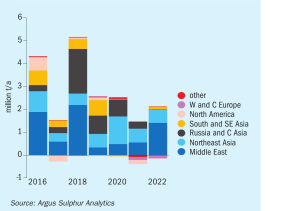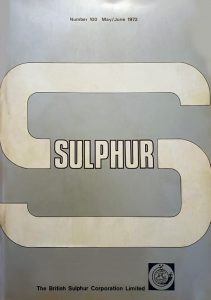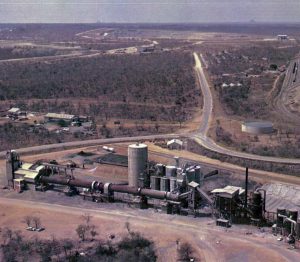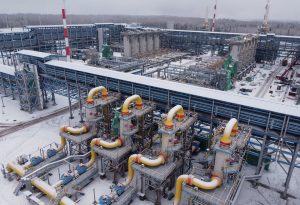
CRU Phosphates 2022
More than 300 delegates from over 130 companies and 29 countries gathered for CRU’s Phosphates 2022 conference, 7-9 March.

More than 300 delegates from over 130 companies and 29 countries gathered for CRU’s Phosphates 2022 conference, 7-9 March.

More than 745 delegates from 335 companies and 50 countries gathered at the Hilton Downtown, Miami, Florida, 21-23 March, for the Fertilizer Latino Americano 2022 conference. The event was jointly convened by Argus and CRU.

The Woodsmith polyhalite project in the UK is starting to benefit from Anglo American’s ownership, with the mining major leveraging its key advantages to good effect. These include the company’s operational size and financial stability, its vast mineral extraction experience, and premium product marketing expertise. The company also believes that the fertilizer sector will benefit from its leadership in mining industry sustainability.

Erosion and corrosion are two of the biggest challenges faced by equipment used in phosphate fertilizer production. This harsh operating environment requires exceptionally well-designed pumps made from sophisticated and robust construction materials. Hani Tello of ITT Rheinhütte and Harvinder Bhabra of ITT Goulds Pumps outline the range of options.

Nitrogen+Syngas’s annual listing of new ammonia, urea, nitric acid and ammonium nitrate plants.

On February 27th, in a speech to the Bundestag, Germany’s chancellor Olaf Scholz described the events then unfolding as a “zeitenwende” – a historical turning point. He was speaking of German foreign and security policy, but it seems likely that Russia’s February 24th invasion of Ukraine may end up marking a break with the past in many different ways. Last issue’s Editorial was written when Russia’s ‘special military operation’ was still only a few days old, and the situation was still very fluid. Two months on, and for all of the uncertainties remaining, some glimpses of the way that things are changing are becoming clearer.

Meena Chauhan, Head of Sulphur and Sulphuric Acid Research, Argus Media, assesses price trends and the market outlook for sulphur.

This is the 400th issue of Sulphur magazine, now in its 69th year. From its beginnings as the Quarterly Bulletin of the Sulphur Exploration Syndicate, it remains the only magazine dedicated to both the sulphur and sulphuric acid industries.

The economic conversion of phosphogypsum waste into a valuable product has been pursued for decades. Although phosphogypsum is still generally disposed of as waste, industry attitudes are changing and greater use of phosphogypsum will be expected in a circular economy.

Russia’s invasion of Ukraine has turned the sulphur market on its head, potentially removing several million tonnes of supply from Russia and Kazakhstan and sending prices skyrocketing.